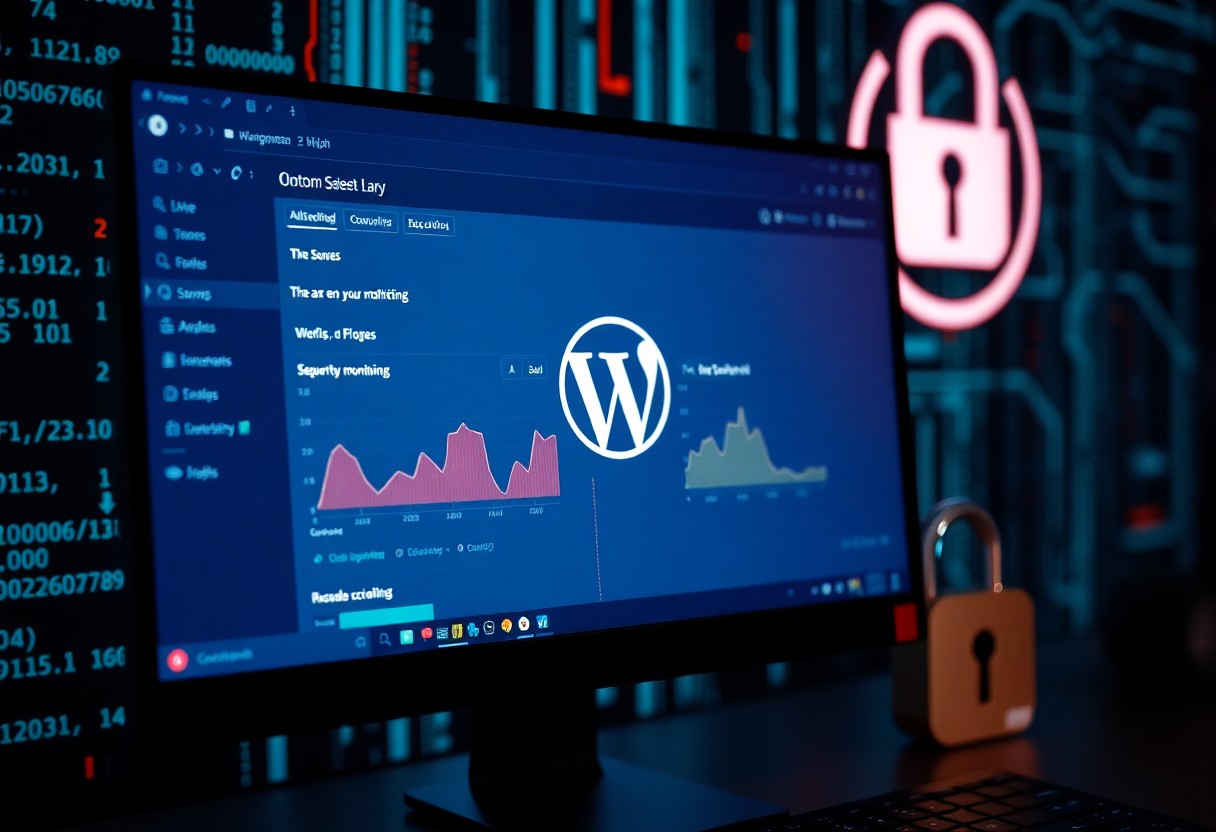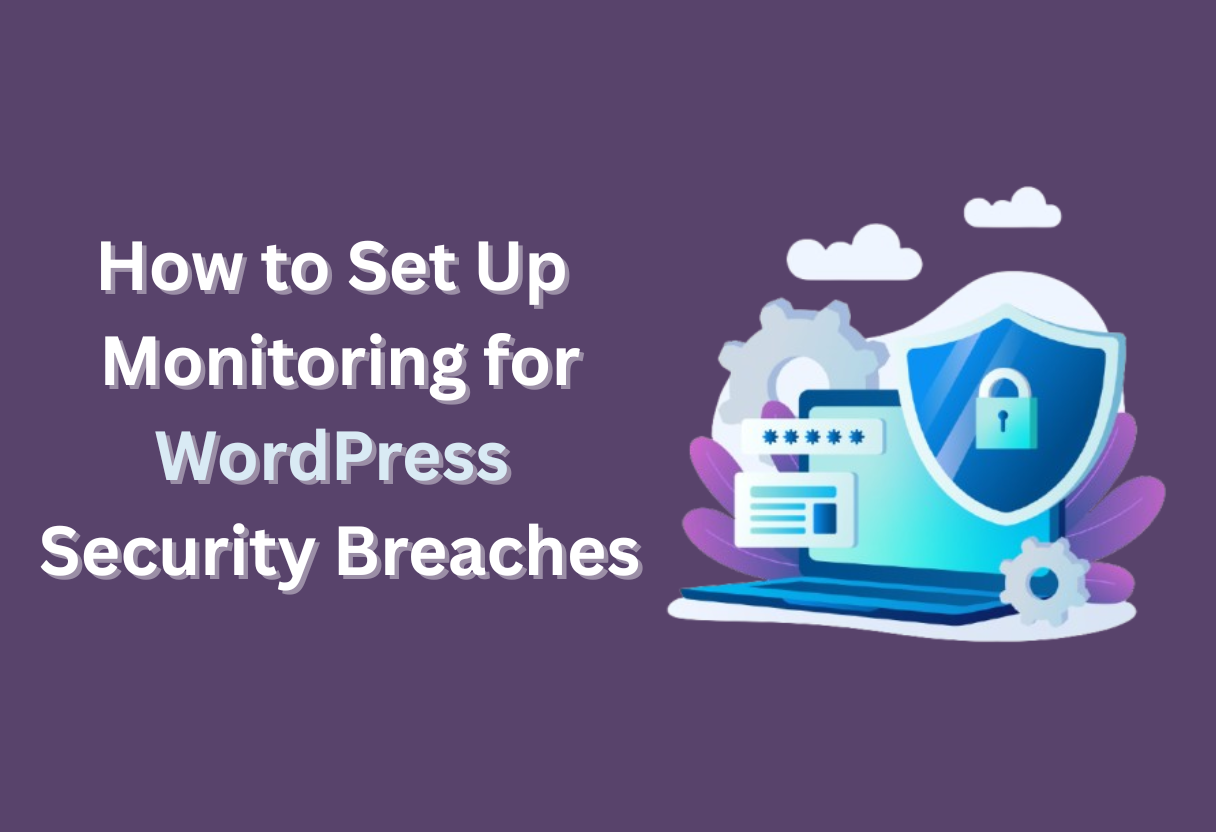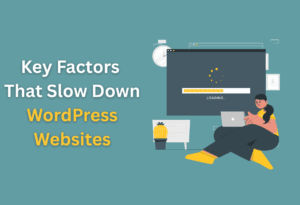Security is paramount in safeguarding your WordPress site from potential breaches. In this guide, you will learn how to effectively set up monitoring that detects unauthorized access and suspicious activities in real-time.
By implementing these methods, you can ensure your site remains protected and that you are promptly alerted to any threats. Join us as we navigate through the crucial steps to enhance your WordPress security and maintain peace of mind knowing your website is under vigilant watch.
Key Takeaways:
- Implement a comprehensive security plugin that offers real-time monitoring and alerts for suspicious activity on your WordPress site.
- Regularly back up your website to ensure you have a recent copy available in case of a security breach.
- Utilize firewall protection and set up automated scans to detect vulnerabilities and unauthorized changes to your site.
Understanding WordPress Security
Your website is a valuable asset, and understanding WordPress security is fundamental to protecting it. Security breaches can lead to loss of data, compromise user information, and damage your site’s reputation.
By being aware of potential vulnerabilities and implementing proper security measures, you can create a safer environment for your visitors and enhance the overall integrity of your website.
Common Security Threats
If you are running a WordPress site, be aware of common security threats such as malware infections, brute force attacks, and SQL injection attempts. These risks can seriously compromise the functionality and security of your site, making vigilant monitoring and responsive actions crucial for keeping your website secure.
Importance of Monitoring
To safeguard your WordPress site, consistent monitoring is necessary. It helps you detect and respond to potential threats before they escalate into serious problems, ensuring that your website remains functional and secure.
Common monitoring practices include tracking login attempts, file changes, and unusual user activity. By proactively identifying these issues, you can take immediate action to mitigate risks and protect sensitive data. Regular monitoring serves as a strong defense, allowing you to respond swiftly to security breaches and ultimately preserve your website’s integrity and credibility.
How to Choose Monitoring Tools
You should evaluate several factors before selecting a monitoring tool for your WordPress site. Start by identifying your specific security needs, then look for tools that fit those requirements and offer ease of use. Consider integration capabilities with your existing systems, as well as the level of support provided by the vendor.
Key Features to Look For
Assuming you want to maximize your WordPress security, focus on these key features:
- Real-time monitoring for immediate alerts
- File integrity monitoring to detect unauthorized changes
- Malware scanning to identify potential threats
- Firewall protection to block malicious traffic
- Backup solutions for quick recovery
- Detailed reporting for enhanced visibility
Thou should ensure the monitoring tool you choose combines several or all these features for comprehensive protection.
Popular Security Plugins
With the multitude of options available, selecting the right security plugin can overwhelm you. Popular plugins include Wordfence, Sucuri, and iThemes Security, each offering distinct features tailored for WordPress sites. These plugins provide extensive functionalities like firewall protection, malware scanning, and brute force attack prevention.
You can additionally benefit from their user-friendly interfaces and reliable support, which enhances your ability to respond rapidly to any emerging threats. When considering which plugin to use, it’s essential to assess your site’s specific security needs and the level of support you require.
Many users find that configuring WordPress security plugins can significantly bolster their site’s defenses while minimizing the risks of potential attacks. Ultimately, investing time in choosing and setting up the right security solution will safeguard your website’s integrity and enhance your peace of mind as you manage your online presence.
Security plugins are crucial to your website’s defenses. Combining the strengths of each, these plugins offer a blend of real-time monitoring, automatic malware removal, and login attempt tracking. Leveraging such tools significantly reduces the risk of a security breach while providing peace of mind to focus on content creation.
Setting Up Monitoring Alerts
Now that you’ve chosen your monitoring tools, it’s time to set up alerts that notify you of any suspicious activities on your WordPress site. Configure your alerts to receive immediate notifications for specific events, such as unauthorized login attempts or file changes. This proactive approach allows you to act swiftly, ensuring your site remains secure against potential breaches.
Configuring Alert Settings
To configure alert settings, access your monitoring tool’s dashboard and select the events you want to track. These may include login failures, spam messages, or malware detections. Customize the frequency of alerts, ensuring you receive timely notifications without being overwhelmed by information.
Customizing Notifications
Any monitoring system allows you to customize notifications to suit your preferences. This ensures that you only receive alerts relevant to your specific site’s needs.
It’s important to enhance your notification strategy by setting priority levels for alerts. By categorizing them into low, medium, or high urgency, you’ll easily identify which threats demand your immediate attention. Moreover, incorporating multiple notification channels, such as email, SMS, or even app notifications, guarantees that you never miss a critical alert. Tailoring notifications not only keeps you informed but also empowers you to maintain a proactive stance against potential security threats.
Tips for Regular Security Audits
Once again, conducting regular security audits is crucial for maintaining the integrity of your WordPress site. To ensure your site remains secure, consider implementing the following tips:
- Schedule audits at least every month.
- Utilize reliable security plugins for automatic scans.
- Educate yourself on the latest security threats.
- Document any changes made during the audit.
The effectiveness of your security strategy improves with consistent audits.
Frequency of Audits
Regular security audits should be conducted at least once a month, or more frequently if your site processes sensitive data or experiences high traffic. Consider performing audits after significant updates or changes to your website to ensure nothing has inadvertently compromised your site’s security.
Reviewing Audit Logs
You should regularly review your audit logs to identify potentially suspicious behavior or unauthorized access attempts. Keeping an eye on these logs can provide insights into your site’s security and help you focus your efforts on any areas that require immediate attention.
The logs contain valuable information about your site’s activity, such as login attempts, file changes, and plugin modifications. By scanning for unusual patterns or repeated failed login attempts, you can quickly identify and respond to potential threats. Additionally, always pay attention to any unauthorized IP addresses attempting to access your site, as these could indicate malicious intent. By prioritizing this review, you enhance your site’s defenses and protect your valuable content.

Responding to Security Breaches
For effective response to security breaches, it’s vital to act quickly and methodically. You must assess the situation to understand the extent of the breach and mobilize your resources towards containment. Immediate action can minimize damage and enhance your site’s resilience against future attacks.
Immediate Actions to Take
Assuming you detect a breach, your first step should be to isolate the affected system. Disconnect the site from the internet to prevent further unauthorized access, then change your login credentials. Conduct an initial assessment to identify compromised data and vulnerabilities, and notify your hosting provider if necessary.
Long-Term Recovery Steps
LongTerm recovery involves a thorough analysis to improve your security posture. You must implement enhanced security measures, such as regular updates, security plugins, and backups to mitigate future risks. Additionally, you should educate your team about cybersecurity best practices to create a culture of security awareness.
A comprehensive recovery plan lays the foundation for a more secure environment. It involves not just addressing the vulnerabilities that led to the breach but also establishing ongoing monitoring and response protocols. Regularly scheduled audits and updating your security measures will not only protect your current setup but also build a robust defense against future attacks. Investing in training for your team is important as it empowers them to recognize potential threats and respond efficiently.
Future-Proofing Your WordPress Security
Keep your WordPress site resilient against future threats by adopting a proactive security strategy. Regularly review and update your security measures as new vulnerabilities emerge and cyber threats evolve. This ongoing vigilance not only safeguards your website but also builds trust among your visitors, ensuring they feel safe engaging with your content.
Staying Updated
WordPress regularly releases updates that fix vulnerabilities and improve performance. It’s imperative that you stay updated with these changes by enabling automatic updates or manually checking for updates on a regular basis. Keeping all themes and plugins current helps minimize potential security gaps.
Educating Your Team
Updated security protocols significantly reduce risks; however, your team’s awareness is equally imperative. Employee training on security best practices can empower them to recognize suspicious behavior and respond appropriately, thus fortifying your defense against breaches.
Security awareness is a collective responsibility, and you should invest time in educating your team about the latest cyber threats and prevention techniques. Regular training sessions can equip your staff with imperative knowledge about phishing scams, password management, and safe browsing habits. By fostering a culture of security mindfulness, you enable your team to actively contribute to the strength of your site’s defenses.
Final Words
The process of setting up monitoring for WordPress security breaches is necessary for safeguarding your website. By implementing security plugins, configuring alerts, and regularly reviewing logs, you can effectively detect and respond to potential threats.
Stay proactive by keeping your software updated and continuously educating yourself about emerging vulnerabilities. Taking these steps will empower you to maintain your site’s integrity and protect your valuable content from malicious attacks.





